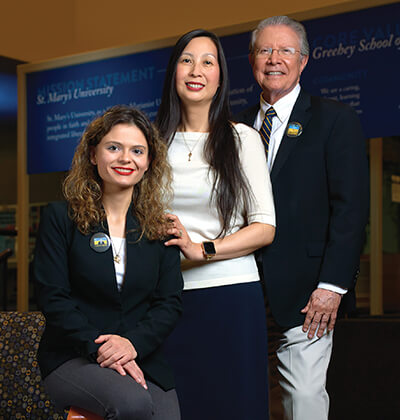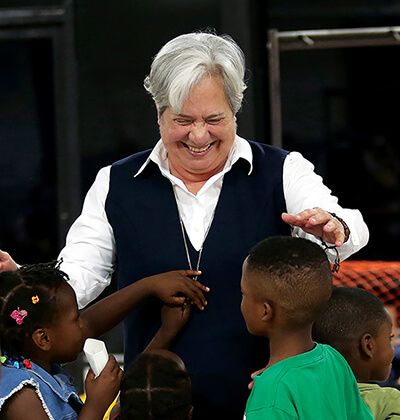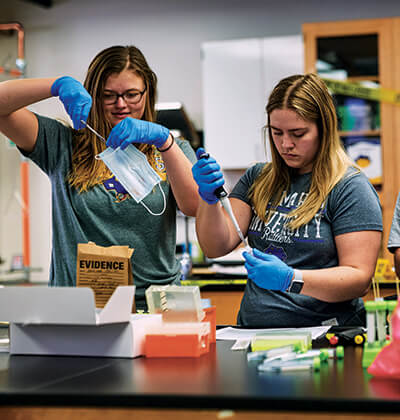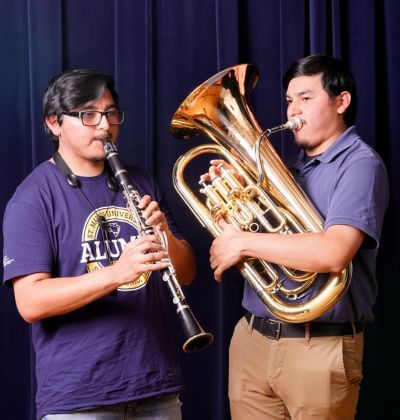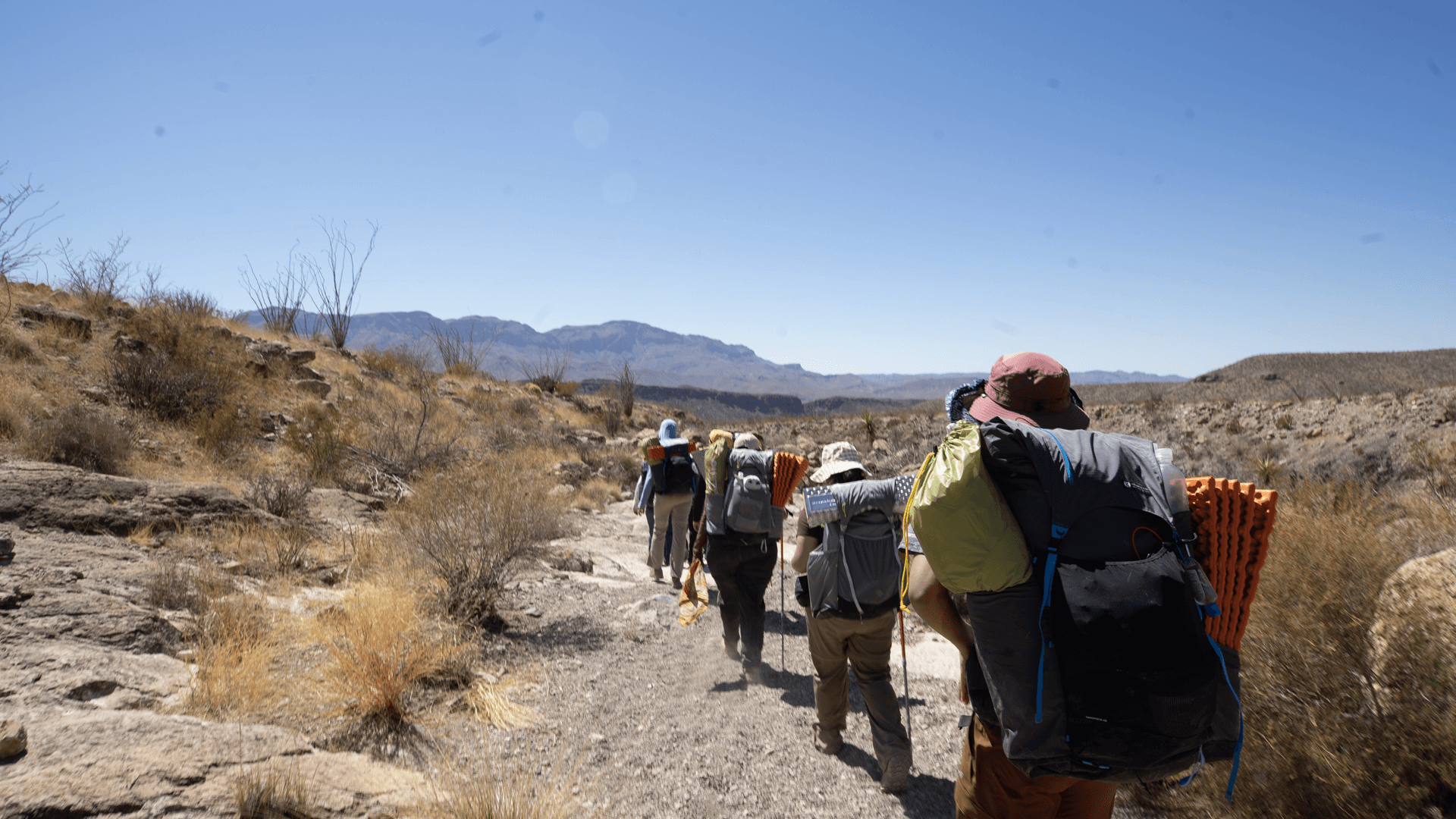by Leticia Romero
The smell of warm tamales and hot coffee bring to mind the warmth and aroma of home for Amanda Rivas (J.D. ’09) and for some St. Mary’s University School of Law students who, like her, hail from South Texas. Rivas tried to recreate that soothing sensory experience on campus by hosting a Tamales and Cafecito event for law students in Fall 2021 right before finals.
Rivas, a Professor of Service and Director of Externships, also offered a blessing for any St. Mary’s University School of Law students who wanted one. This bendición, something Rivas’ mom would do for her, always gave her comfort.
“If you feel like that’s going to help you, I’m happy to do that,” Rivas told the students at the event, later recalling the tears in their eyes afterward.
Amanda Rivas (J.D. ’09)“If I could go back, I would find a way to connect with my professors more because I was really intimidated. I felt those questions of ‘Why am I here? Am I good enough to be here?’”
Born and raised in Weslaco, Rivas hails from an area of South Texas referred to as the Rio Grande Valley, the Valley or the RGV. As a J.D. student at St. Mary’s, she remembers being too daunted to talk to her professors. She didn’t want that to be the case for her students.
As a Hispanic-Serving Institution, St. Mary’s Law enrolls a student body of which 50% identifies as Hispanic — the second-highest Hispanic student population nationally.
Many of these students, like Rivas, call the RGV home. Recognizing that they might be held back by similar insecurities, Rivas made it her personal goal to reach out to law students from the Valley and guide them toward creating a community and network here and back home.
For many students coming from South Texas, traveling up to 300 miles from their safety net to pursue a law degree is a difficult decision. Some face cultural challenges, including parents who don’t speak English or have not obtained U.S. citizenship.
Finding a path to St. Mary’s Law
Often, these cultural obstacles also inspire students to pursue law degrees, spearhead social justice efforts and serve underserved communities. Rivas said this type of work drew her to St. Mary’s after finishing her undergraduate degree in Boston.
“I have always been interested in doing social justice-minded work,” she said. “The idea of race and equity was a big part of my sociology research.”
This work carried over to Rivas’ years as an educator and, later, as an education fellow for the Mexican American Legal Defense and Educational Fund or MALDEF. She recalls that while at MALDEF, she found affirmation from her supervisors and started to create a community of people who did like-minded work. Finding “her people” helped her become more confident as a law student.
Most of Rivas’ time at St. Mary’s has been at the Center for Legal and Social Justice building, or CLSJ, about a mile north of the main campus. She spent her first year of law school as a volunteer, her second year as a student attorney, her third year as a teacher’s assistant, and became a clinical fellow in 2010. She has been serving in the CLSJ building ever since.
“Much of the work we do at the CLSJ is stepping into this idea of being a Marianist family, and everyone doing their part to meet a need — need, often of human suffering, whether immigration or housing or if violence is involved.”
Learning legal skills to serve others
The Clinical, Externship and Pro Bono Programs operate from the CLSJ building and provide law students opportunities to gain practical legal skills. Students can work at in-house clinics, in government, judicial, nonprofit or in-house counsel field placements or alongside local attorneys volunteering their time and expertise with community pro bono projects.
Rivas says that because many of these law students come from backgrounds where social injustices are common that “the CLSJ is important for the community, not just in San Antonio, but around the state because of where our students come from.”
She says that the St. Mary’s Law faculty wants law students to understand the responsibility and power of a law degree. Despite the type of legal practice, they pursue in their careers, students learn that there is always an opportunity to give back and to use the Marianist values they learned from their service in law school.
Rivas has become more vocal about who she is and where she came from so that St. Mary’s law students from the Valley can see that while they might be away from their hometown, they can find a family spirit here that feels close to home. Rivas says the law school is making efforts to embrace representation with programs like the First-Generation Bootcamp and the many multicultural student organizations on campus, but there is still work ahead.
“That place of belonging isn’t just ‘Are we ready to provide academic services and internships?’ but ‘Are we also ready to provide a sense of home, a sense of being surrounded by people who also look like you and provide you opportunities to see success?’”
As the Director of Externships, Rivas is committed to creating a network in the RGV so law students can practice in their hometown and closer to their families if they choose. She advises students from South Texas considering St. Mary’s Law is to express that desire to practice in the Valley early on during their studies.
“Let us know what that goal is, and we can help establish those connections,” Rivas said.


